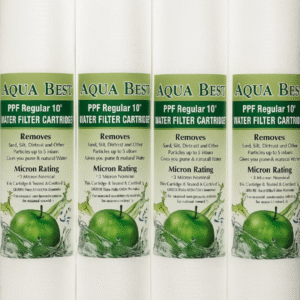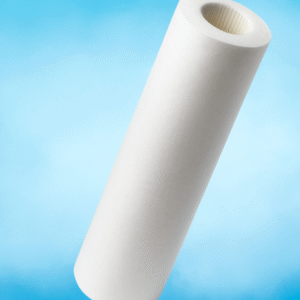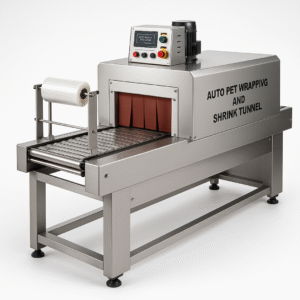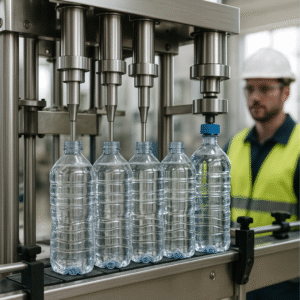Introduction
Choosing a high-quality, durable, and corrosion-resistant storage solution for your RO systems is essential for consistent water performance. In both domestic and commercial setups, a food-grade, UV-protected, and leak-proof design ensures hygienic, contamination-free usage while being compact, space-saving, and simple to install and maintain under varying environmental factors.
From my experience in household installations, selecting materials like polyethylene enhances longevity, allowing the tank to withstand high pressure and frequent usage. With multiple capacity options available, these tanks can reliably meet industrial or household needs, ensuring a consistent supply of safe water while keeping routine maintenance hassle-free.
Installation & Maintenance
When approaching installation of an RO storage tank, it is essential to consider the system’s compatibility with both residential and commercial setups. Based on personal experience, placing the tank in a location that ensures continuous water supply during power outages greatly improves user satisfaction. Always check fittings and material for durability, and prioritize UV-protected plastic to maintain purity. For large capacities, careful alignment with the output of the RO system prevents backflow or contamination issues.
Routine maintenance involves inspecting the tank and connections, cleaning internal surfaces, and ensuring high-quality water remains safe for drinking. Periodically, check for degradation, leaks, or safety hazards, particularly in household demand peaks or industrial settings. Adopting a flexible installation strategy and compatible fittings ensures uninterrupted water availability while protecting purified water from contamination. Multiple sizes and outputs can be serviced efficiently if maintenance routines are strictly followed.




